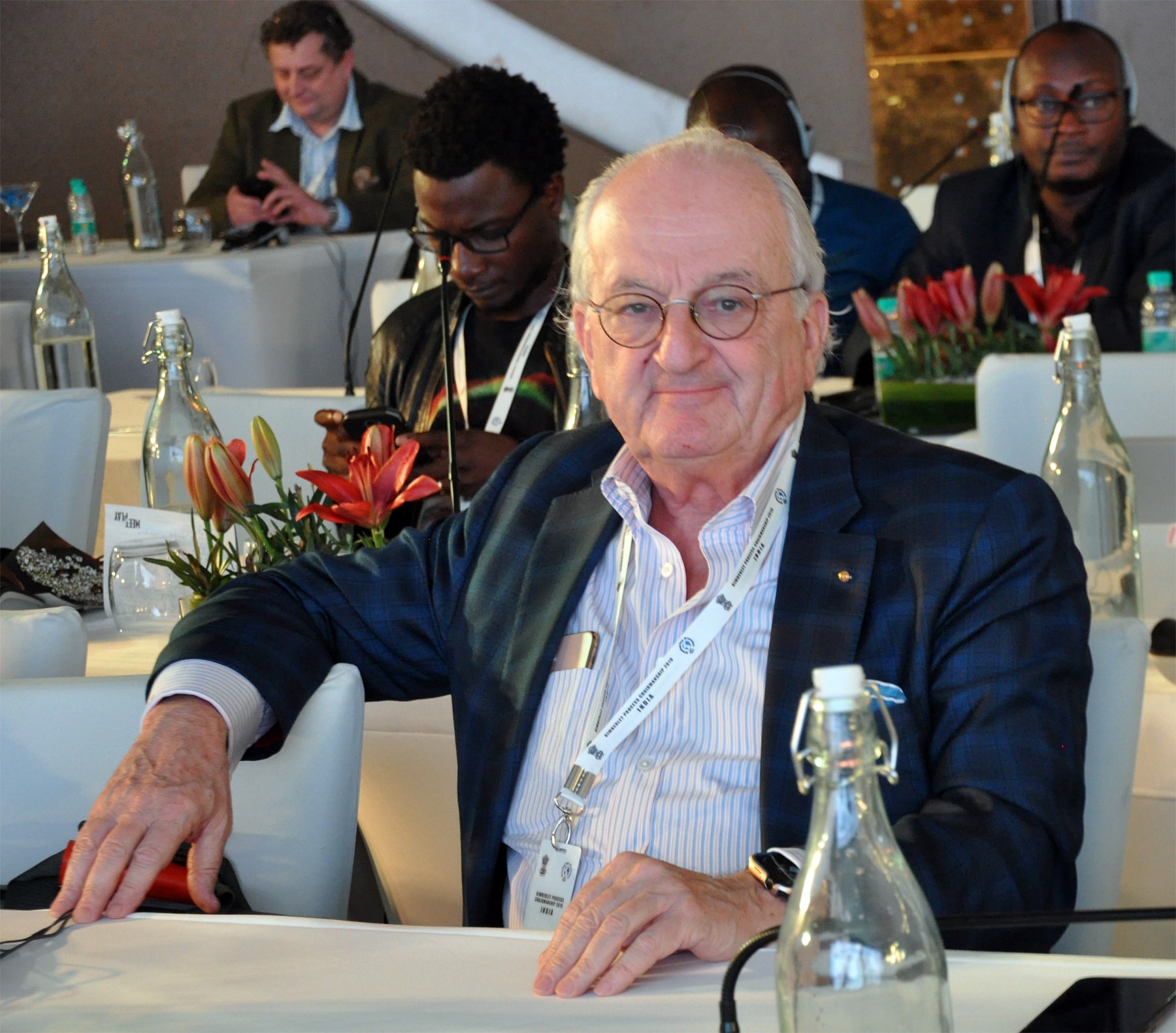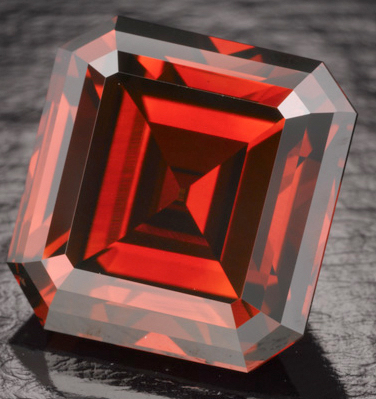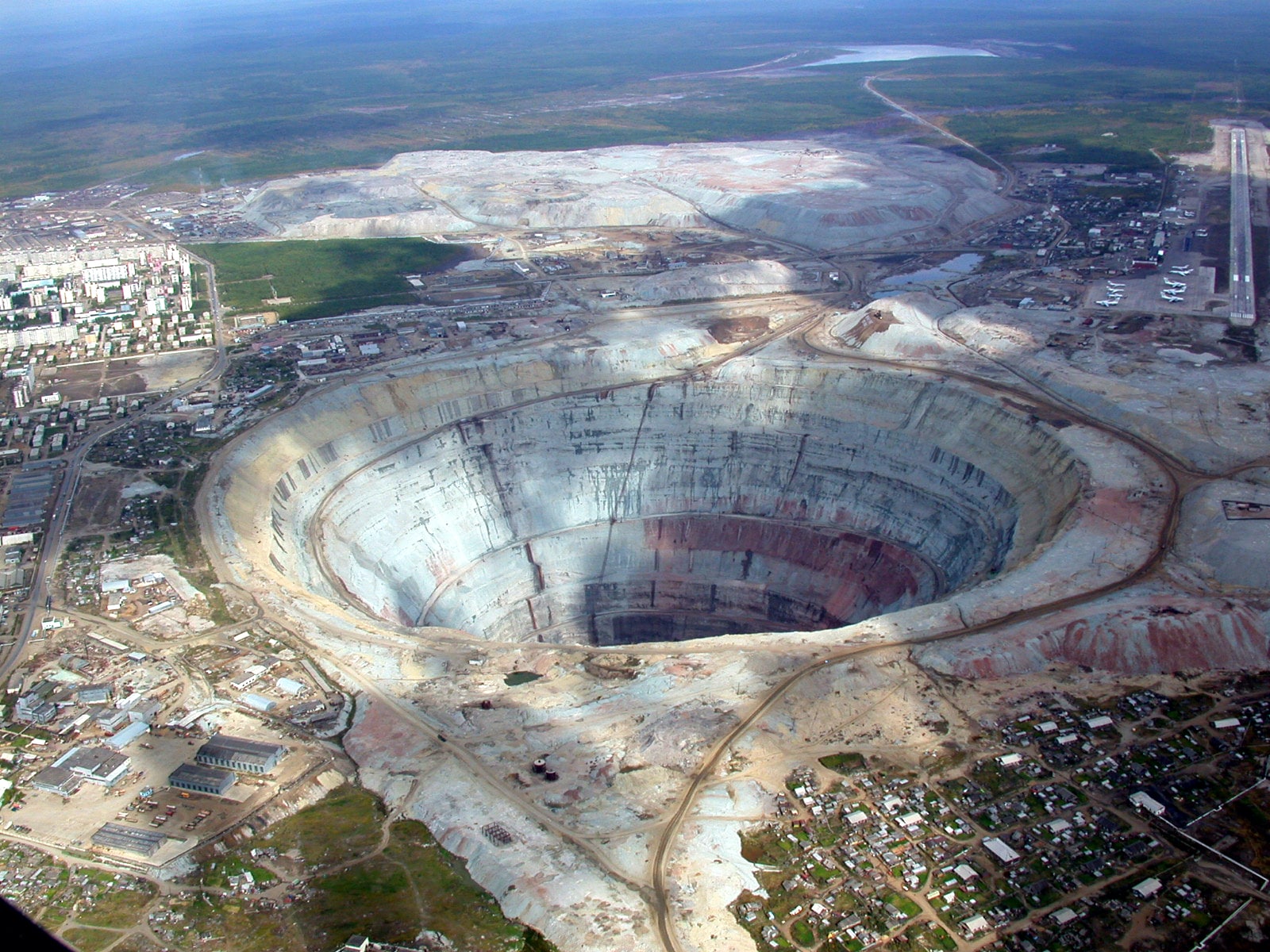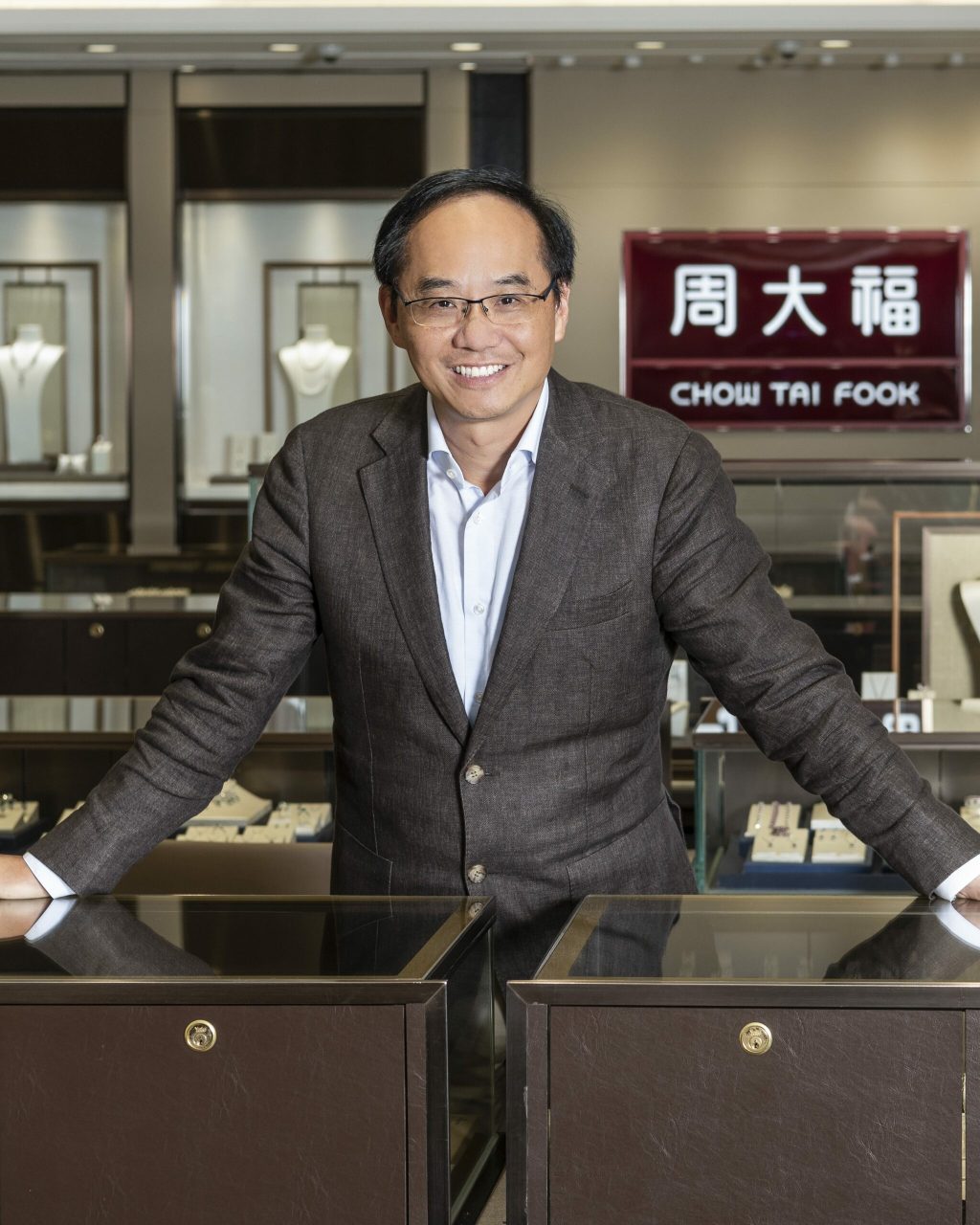In the Diamond Mind: Edward Asscher

Edward Asscher grew up in a family that had been in the diamond business for generations. While he attributes his choice of career to this legacy, the reason he enjoys working in the industry is quite different: he loves its dynamic, constantly-changing nature. This was clear during our interview, as was the fact that Edward has had quite the exciting time with diamonds. During our interview, topics varied from governance, like implementation of the new Kimberley Process Certification Scheme in Africa, to stories only a veteran diamantaire could tell, like the time Edward sold a fancy orange diamond to the Dutch Queen, fittingly of the House of Orange. In between insights and anecdotes, we also get a fun glimpse into Edward’s family and sailboat, which remain life highlights that even the most stunning diamonds have not overshadowed.
Q: What’s the story of your first diamond?
I started out in the industry in 1970 studying rough diamonds. While working for my father at the Royal Asscher Diamond company, about three months in, a gentleman unexpectedly transferred money to our account, and then turned up at the office asking for fancy colored diamonds.
My father, Louis, sold him a pink, a yellow and a red diamond. My task at the sale was to select the white baguette diamonds to surround the fancy colored diamonds. It was exciting because the sale was big and unexpected. Also, the last diamond, a 5.05-carat, emerald-cut in a rich burgundy was exceptional in its rarity and story.
My father had bought the stone from Harry Oppenheimer, who had it in his private collection. In those days, the diamond was called “The Goudvis Diamond” and it had a long history with the Goudvis family, who sadly did not survive World War II. Incidentally, the diamond recently came back onto the market and went on a worldwide tour. The diamond is featured in Ian Balfour’s book “Famous Diamonds!”

Q: What excites you most at the moment?
My eight grandchildren, of course. It was difficult not being able to visit them during the Covid-19 lockdown.
Q: What is your intention for the year ahead?
Now that I have assumed the role of President at the World Diamond Council (WDC), it is important to give guidance to the many colleagues experiencing the unprecedented crisis of Covid-19. I aim to do this through the WDC, the voice of the diamond industry, and by sharing my personal advice as a veteran diamantaire.
This year, we all have had to adjust very fast to changing market conditions. For the WDC, this means working within the Kimberley Process to address any challenges that arise, like those that could result from economic and social distress in informal mining regions. It also means supporting implementation of the new Kimberley Process Certification Scheme in West and Central Africa, which will in turn support development of the local communities that rely on revenue from their rough diamond resources.
Adapting to change is not recommended, it is essential. At the Royal Asscher Diamond Company, from which I recently retired, my daughter Lita, my son Mike and I agreed that if we ever found ourselves doing the same thing as five years before, than we were doing the wrong thing. Right now, across diamonds, from mine to retail, it’s high time we embraced the power of digital and ecommerce.
Q: What’s your greatest indulgence?
That’s a fun question. It’s taking my small, seven-meter sailing boat out in a light breeze on the Dutch lakes, and spending time with my wife, children and grandchildren.
Q: What diamond destination is at the top of your list?
Having travelled all around the world, I would love to visit a place where I have not yet been, like the Russian diamond mines. I’ve been to the Premier mine in South Africa, where the Cullinan diamond was found, and to the Jwaneng mine in Botswana, of course. What I love about these sorts of trips is getting to see the magnitude of the industrial mining process. I have seen roads deep below the earth with traffic lights and actual traffic, and trucks being lowered miles down into the earth by rope. It is incredible. I also saw the impact that these operations have in strengthening the local communities and this is a very important element that makes me proud to work in this business.

Q: What inspired you to pursue a career in jewelry?
Family tradition. The Royal Asscher Diamond Company is now 166 years old and while I have a degree as an economist, I was born and bred in diamonds.
Many young retailers today have only a Graduate Gemology degree and they talk about diamonds only in technical terms. I tell them that a university degree offers a good perspective and distance from the day to day. Diamonds are not about the technical; they are about the romance and the stories.
Q: What moment still blows your mind?
Actually, there are several. There is the day my daughter Lita surprised me with the news she would join the family business after working at Dell Computers for eight years. It gives me great joy that today the business is run by two of my three children.
Then there are the diamonds. There is the time I sold a 69-carat, pear-shaped colorless flawless diamond. There is also the day I sold a fancy-colored orange diamond to the Dutch Queen, who fittingly descends from the royal House of Orange.
Q: What life lesson has been the hardest earned, and taught you the most?
The diamond industry is cyclical. When things are good, you think you are working very hard; when things turn sour, you find out you can work much harder.
The other thing is not to fall in love with your inventory. Regardless of how beautiful some stones are, we are running businesses, not museums.
Q: What advice would you give your younger self?
Time flies when you are having fun. In hindsight, I would have spent even more time with my children than I already did.
Q: What’s next for diamonds?
The diamond industry is marked by change – changing markets, changing consumer tastes, changing designs and changing prices, to name a few variables. Today, sustainability, transparency and social responsibility are more important than ever before. These forces, along with digital, are changing our industry. Diamonds are one of the most dynamic products in the world. I have loved and love every minute in diamonds, and never take anything for granted.




